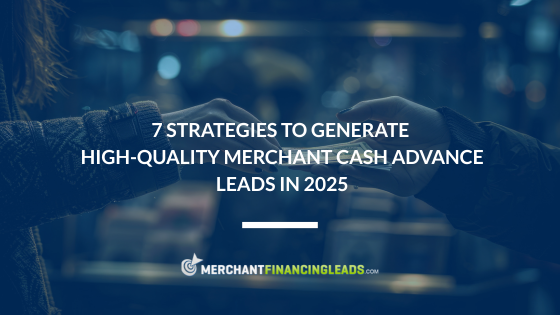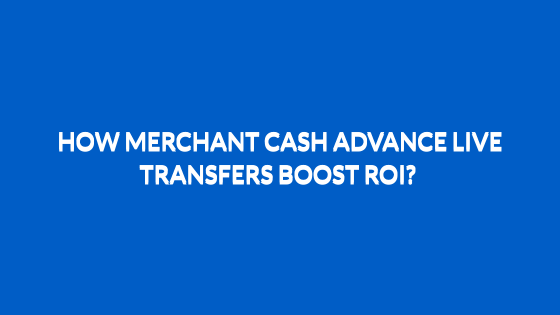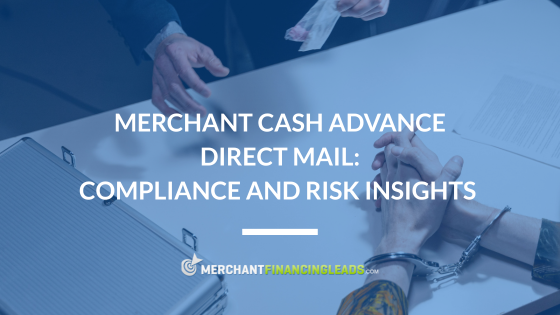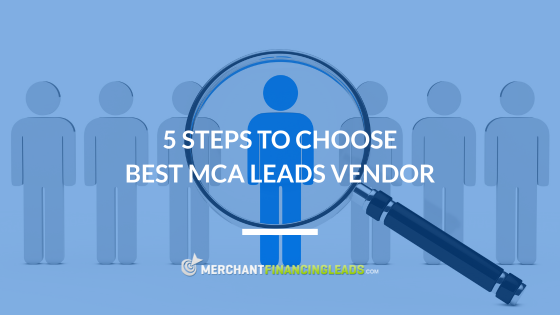It has always been difficult for lenders to find stable borrowers. But now, the financial environment is more competitive than ever before. Small business owners are looking for fast, convenient ways to access funding, and lenders need better ways to reach them. Two popular methods are most prominent: business loan marketing and referral programs.
Wondering what it is? Referrals remain valuable due to their trust and credibility. Lenders are increasingly utilizing business loan live transfer leads and digital marketing to enhance their borrower acquisition efforts.
So, which strategy works best and when? Let’s break it down.
Understanding Business Loan Marketing
Business loan marketing is a systematic method of accessing potential borrowers. It may be through online and offline strategies, from SEO-based websites and pay-per-click advertising to e-mail marketing, social media marketing, and lead distribution platforms. It’s formulated to create a steady stream of borrowers.
One of the most effective tactics within this model is using business loan live transfer leads. Instead of chasing cold leads, lenders can instantly connect with business owners who are screened, interested, and actively looking for financing.
Benefits of business loan marketing:
- Scalable lead generation across local and national markets.
- Ability to geo-target campaigns for lenders, focusing on specific states or cities.
- Measurable performance metrics (cost per acquisition, ROI, conversion rates).
- Real-time engagement through live transfers
Cons of business loan marketing:
- Time-intensive, requires ongoing optimization, results aren’t immediate.
- Can get expensive if not optimized; risk of attracting low-quality leads.
- Email Funnels: Dependent on strong list-building; can feel impersonal if not segmented.
- Content Marketing: Requires regular production and authority-building; ROI takes time.
Many lenders strengthen digital campaigns by integrating business loan live transfer leads, which allow them to speak to borrowers in real time and maximize conversions.
What Are Referral Programs in Loan Brokering?
Referral programs are perhaps the most traditional method of lead generation. Accountants, brokers, or even former clients refer borrowers in need of financing. The trust aspect makes the leads warmer and, oftentimes, simpler to close.
Pros of referral programs:
- Built-in credibility and trust.
- Low upfront cost.
- Higher borrower confidence.
Cons of referral programs:
- Not scalable; growth depends on the strength of your network.
- Inconsistent leads may trickle in unpredictably.
- Limited reach can’t easily target borrowers in specific regions or industries.
For many lenders, referrals are helpful but insufficient on their own, which is why they combine them with digital business loan marketing campaigns.
A Side-by-Side Comparison of Business Loan Marketing vs. Referral Programs
| Factor | Business Loan Marketing | Referral Programs |
| Scalability | High (ads, SEO, live transfers) | Low (depends on referrals) |
| Speed of Results | Immediate (live transfer leads connect in seconds) | Slower & inconsistent |
| Cost | Investment in ads/SEO | Lower upfront |
| Lead Quality | High with targeting & pre-qualification | Warm but limited |
| Best For | Lenders seeking predictable, scalable growth | Relationship-driven lending |
When to Use Each Strategy?
Not every lender has the same goals, budget, or borrower profile. Knowing when to lean more on business loan marketing versus referrals can save time and resources.
- Choose Business Loan Marketing if:
- You want to scale quickly.
- You’re targeting borrowers across multiple regions or industries.
- You
need measurable ROI with clear performance data.
- Choose Referral Programs if:
- You operate in a niche market where trust is critical.
- You rely heavily on long-term relationships.
- You want lower upfront acquisition costs.
The most effective lenders often blend both, using referrals as a trust-builder while leveraging marketing for reach and volume. Together, they create a balanced borrower pipeline that drives sustainable growth.
Which Strategy Should Lenders Prioritize?
The answer depends on goals:
- If you want predictable and scalable growth, digital marketing is the way to go.
- If you value trust and credibility, referrals play a vital role.
The most effective approach combines both, utilizing referrals to build trust while driving steady growth through targeted marketing.
Lenders who enhance digital campaigns with solutions like business loan live transfer gain an added advantage—faster engagement with borrowers who are actively seeking funding.
In the fast-paced lending landscape of today, referrals are no longer sufficient. To compete, lenders need to incorporate data-driven marketing of business loans, backed by tools such as business loan live transfer leads, in order to reach credit-ready borrowers when it matters. By striking a balance between digital scalability and relationship-based trust, lenders can unlock growth without compromising credibility. This blend of innovation and trust is precisely what Merchant Financing Leads delivers, enabling lenders to connect with qualified borrowers effectively and efficiently.









